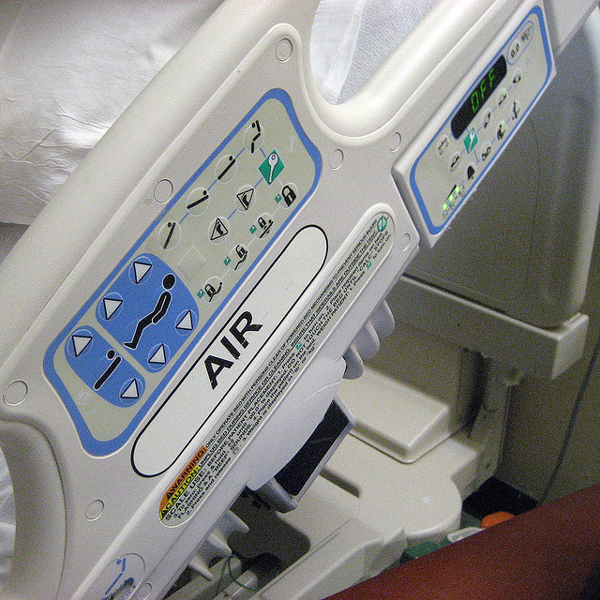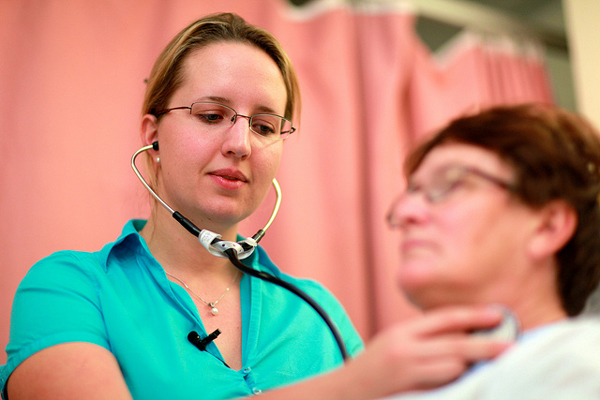In the previous article, we focused on human computer interfaces and how these have changed the way man and machine coexist together. As well as content strategy and how expertly crafted content can provide your business with high impact visibility. And finally how the new relationship management means that your medical business can have unprecedented connectivity with patients and clients, and to help them and build relationships in new ways.
In this second part, we will be looking at how smart phones have become a medical ‘brains trust’ that has revolutionised how patients record their healthcare data for analysis. We will also look at the ever increasing importance of privacy in healthcare in the age of the internet.

Smartphones
Smartphones are another form of technology that has become ubiquitous in our everyday lives. Although for all the technological advancement, we have only really touched the tip of the iceberg in terms of potential for patient-doctor interaction. Increased processing power, internal memory, bigger bandwidth and increasingly sophisticated devices mean that smartphones can take centre stage in providing patient-centric, outcome-driven healthcare. Not only can various apps be used as diagnostic tools or tracking devices for medical practitioners, but they can also be used to track wellness. Some apps are ‘prescription’ apps, that are recommended by doctors to patients and provide wellness information. This can be an important part of ongoing healthcare monitoring.
The Importance of Privacy
With more and more patients interacting and leaving an information footprint online, this necessitates a much more stronger control over client information. Electronic healthcare records that are stored on cloud servers or online are vulnerable to hacking by nefarious parties. The importance of healthcare privacy for this online information cannot be overstated.

Although it seems that clients want it both ways. They want to have easy access to their medical information and targeted help online, while also having the added assurance of impeccable privacy measures at the same time. This is the inherent tension that arises for healthcare businesses with the storage of healthcare information online. There is also concerns by government about the tracking of metadata and whether or not this is being used in the patients’ interests.
In the future it’s hoped that online privacy will become a well-governed, controlled and yet accessible system that will be amenable and offer patient-centric care. Along with this, medical businesses can use this data to offer targeted and relevant healthcare offerings.
Social Media and SEM
Social media marketing has historically been overlooked by conservative healthcare businesses as being irrelevant or too time consuming. Although there is a place for it, if you would like to engage with potential new clients online. And if you don’t – the next medical practice around the corner certainly will.
Creating a niche, friendly and approachable online presence may fly in the face of many serious medical practices but this is precisely what patients want. They would like to engage with healthcare businesses online before they engage them in the real world. Or they occasionally want to reserve an appointment or ask a general inquiries question. Having this social media presence allows for other avenues so that patients can get to you.
Online Video

Video has always been a favoured medium for expressing complex medical ideas in a fast, simple and easy to digest format for patients. Although with the birth of YouTube, video has become a gigantic part of online marketing for healthcare. Currently, Alexa web information rates YouTube as the third most visited site in the world. This is only topped by Google and Facebook. Along with this, Netflix makes up a significant portion of internet traffic in the US. People enjoy watching video for entertainment but also to stay informed about important issues that mean something to them – such as their health.
Video is a vital tool for healthcare marketing that has visual and aural impact as well as tells a story. It can be cross-platform, multi-device and portable. Although you must ensure that the videos are provided in the right context, to the right audience, using the right platform.
As EOFY approaches, now is a fantastic time for a rethink of your marketing outlook and prospects for growth. If you would like some more information on how to grow your healthcare business with a savvy online marketing strategy, speak with Total Medical Design today.
FAQs: 4 More Healthcare Marketing Tools to Revolutionise Your Business
What are some essential healthcare marketing tools?
They track website traffic, patient behaviour, and campaign effectiveness.
It saves time and ensures consistent posting across platforms.
They offer convenience, reduce phone calls, and improve appointment management.
Look for healthcare compliance, ease of use, and integration with existing systems.
Track new patient enquiries, bookings, and engagement metrics.